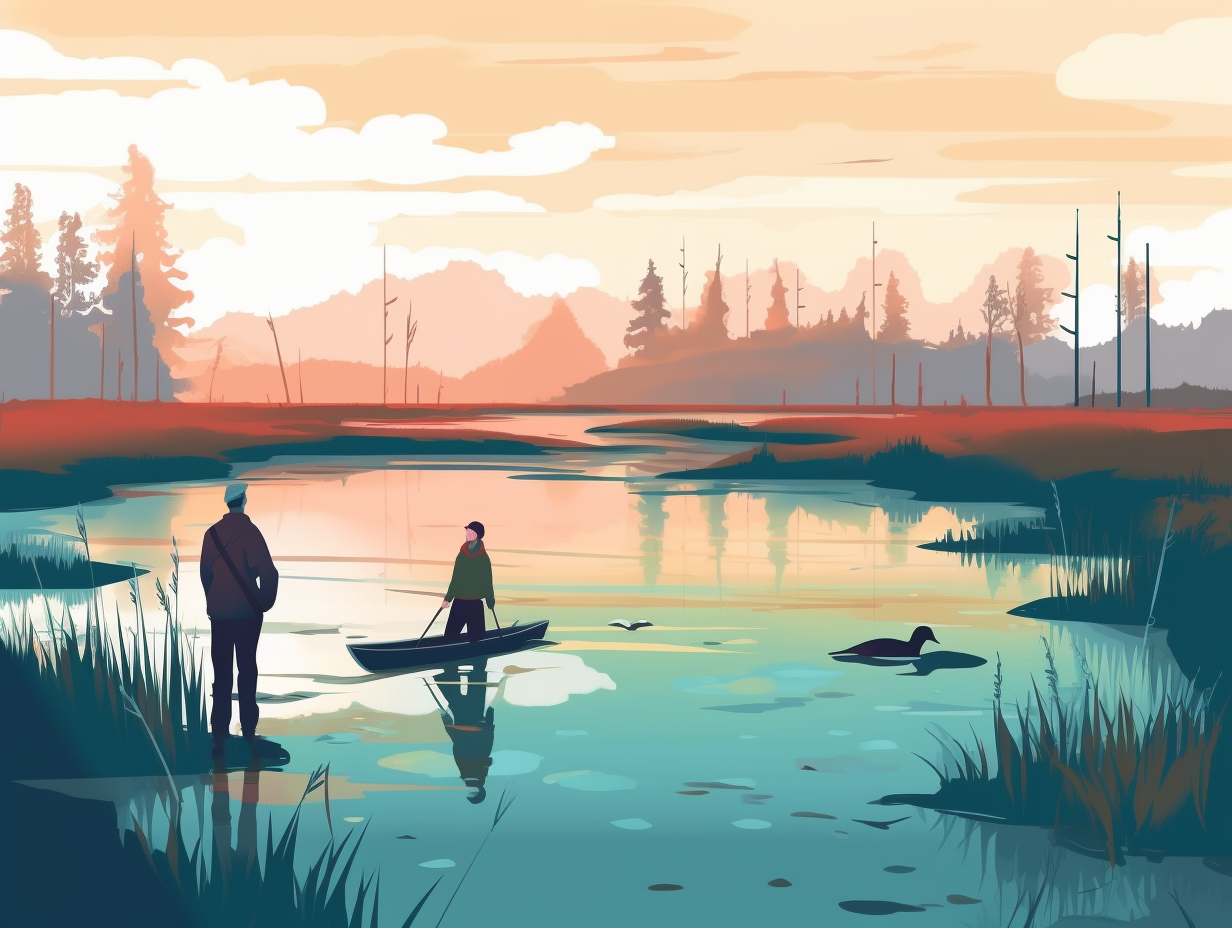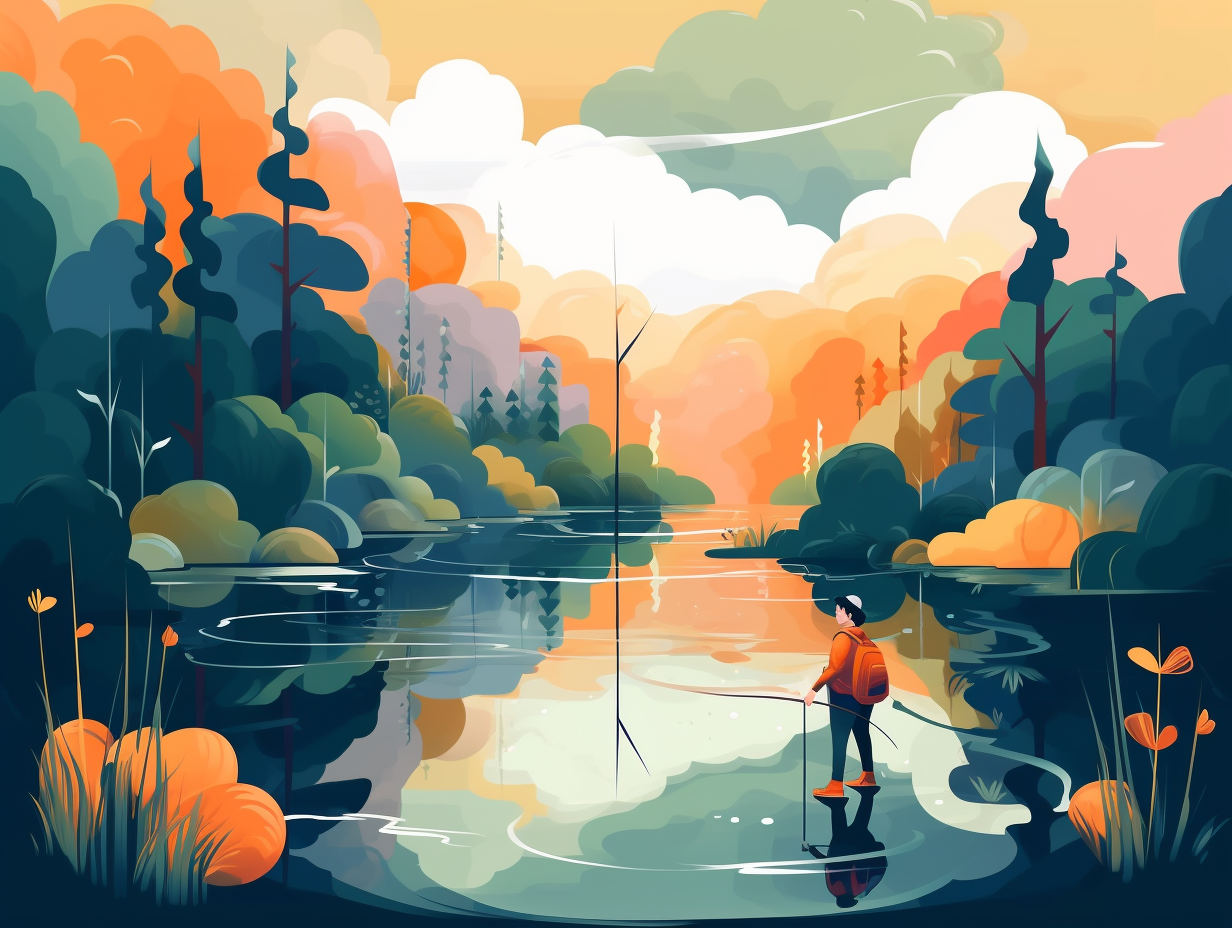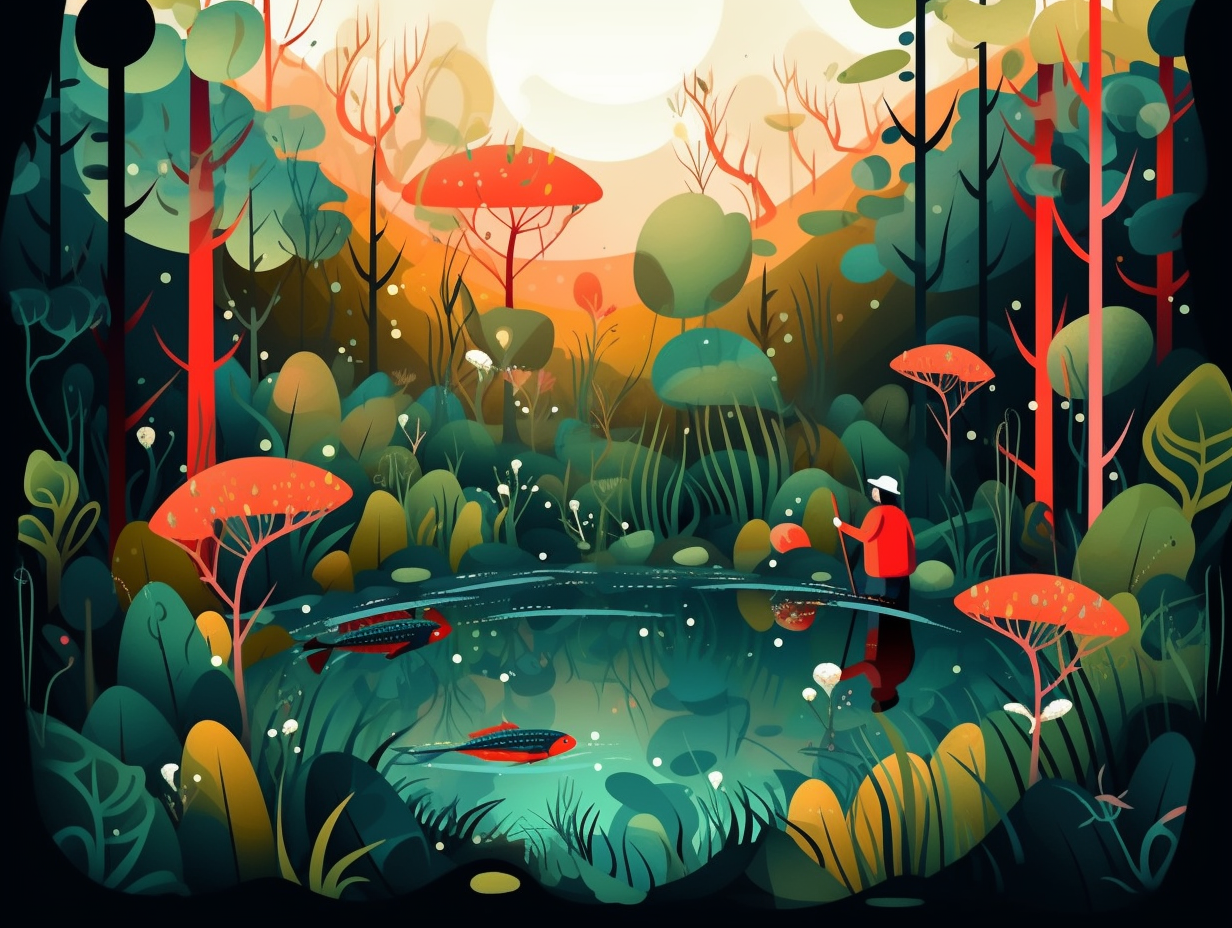Wildfire Wonders: Top 13 Fascinating Facts About Nature's Fierce Flames

1. California: America's Next Top Fire Model
In the wild world of flames, California could easily snatch the title of "America's Next Top Fire Model": According to the National Interagency Fire Center, the golden state scorched the charts with a blazing 9,280 wildfires and an inferno of 2,233,666 acres burned in the fiery year of 2019.
Source => iii.org
2. Wildfires: Nature's Fiery Makeover Show
Wildfires are nature's way of saying, "Out with the old, in with the new; now stop, drop, and roll, squirrel!" And the ways they do it are intriguing: From slow-burning ground fires and surface fires scuttling across forest floors, to speedy crown fires and even extreme tornado fires that transform into flame-loaded twisters, these fiery performances expertly clear out the old growth and set the stage for fresh beginnings in the ecosystem.
Source => wfca.com

Did you know trees in the forest are experts at exhaling oxygen through the process of photosynthesis? 🌳💨 Discover how this benefits the survival of most living organisms!
=> Fun Facts about Forests
3. Fire Clouds: When Wildfires Meet Weather
Who says fire can't have its head in the clouds: Wildfires are known to create their own weather patterns, even forming "fire clouds" or "pyrocumulonimbus clouds" which may trigger thunderstorms, affect air quality, and lower temperatures by sending smoke traveling over vast distances.
Source => capradio.org
4. Fire-Loving Insects' Tinder Experience
Who needs Tinder when you're a fire-loving insect? These pyrophilic bugs are swiping right on post-wildfire landscapes like it's an all-you-can-eat buffet for their offspring: A University of Saskatchewan study found an 80% increase in reproductive success for these insects when they lay their eggs in burnt forests compared to their unscorched counterparts, proving that wildfires do have some environmental perks.
Source => phys.org
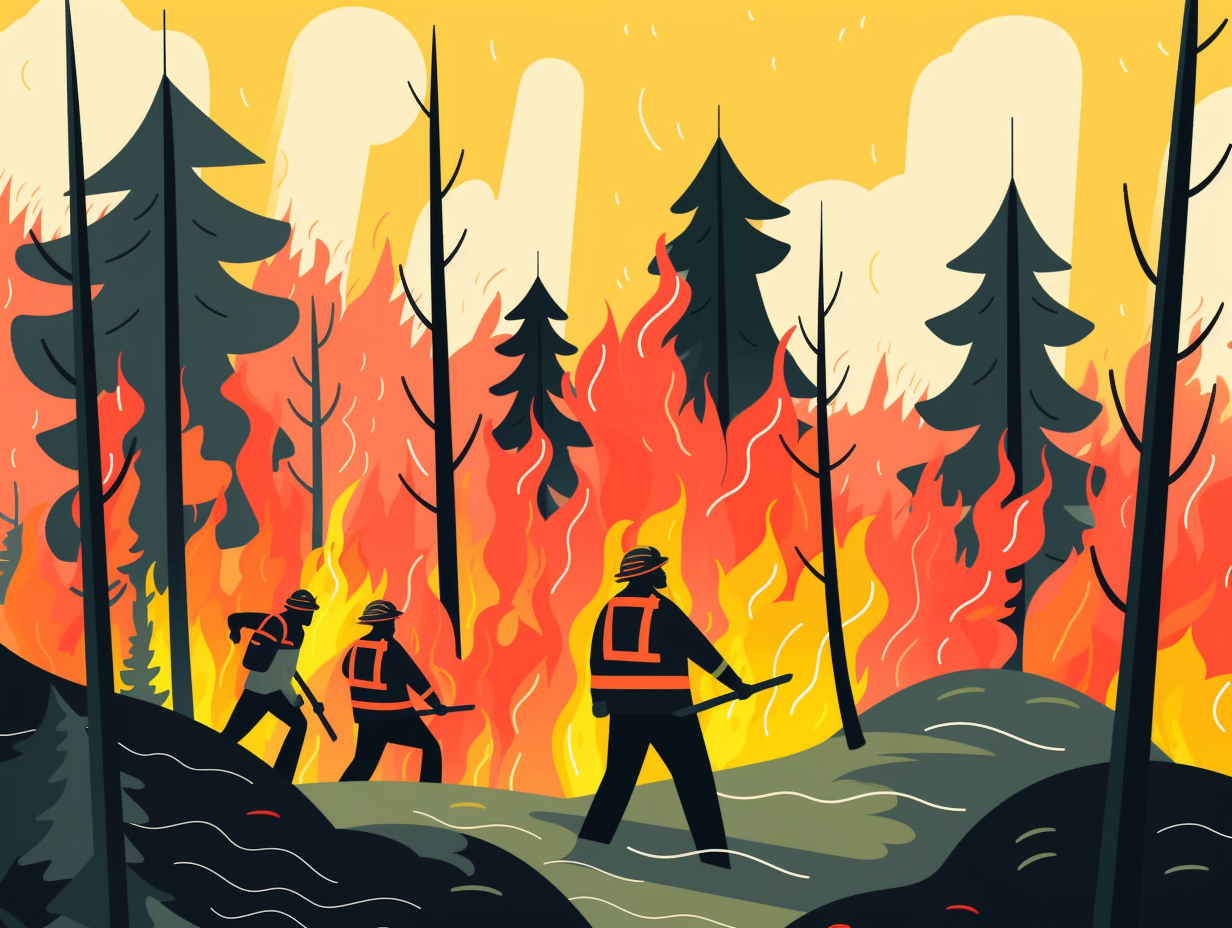
5. Pyrophytic Plants: Hot Guests at the Fire Party
The next time you're in a heated debate about the benefits of wildfires, just remember: some plants are the "hottest" guests at nature's fiery party! Seriously, though: pyrophytic plants like lodgepole pines, eucalyptus, and giant sequoias depend on wildfires to release their seeds, while the aftermath provides sunlight and space for new seedlings to flourish. No need for firefighters to "fuel" the fire – they strategically use prescribed burns and backfires to keep wildfires under control and safeguard homes.
Source => foxweather.com
6. Humanity vs. Lightning: Wildfire Culprits
While Smokey the Bear points fingers at humanity for igniting blazes, Mother Nature keeps her hands clean with her clever lightning trick: In 2020, human-caused wildfires burned approximately 5,998,813 acres in the United States, accounting for the majority of cases, while natural factors like lightning were responsible for a minority of them.
Source => weforum.org
7. Apocalyptic Ambiance Boosted by Wildfires
Who needs a fog machine for that apocalyptic ambiance when you've got Mother Nature's raging pyrotechnics?: In 2023, western Canadian wildfires sent smoke wafting all the way to Chicago, causing hazy skies, an eerie burning scent, and picture-perfect sunrise and sunset colors, all while prompting official advice for the asthma-stricken and lung-challenged to stay indoors for a breather.
Source => news.wttw.com
8. Lodgepole Pine: Wildfire's Regeneration Master
The lodgepole pine tree might sound like the punchline of a forest-themed comedy, but when it comes to wildfires, this tree has a serious trick up its branches: Lodgepole pines have developed two types of cones, one of which – the serotinous cone – remains closed and glued with resin until the heat of a wildfire melts it open, releasing seeds that rapidly regenerate the burnt, sunlit forest floor, thus proving that wildfires aren't all bad news, but can lead to flourishing new growth.
Source => nps.gov
9. Fight Fire with (Smaller) Fire
You know what they say, fight fire with fire: turns out, smaller fires can help prevent massive wildfires by clearing away eager-to-burn debris like dry leaves, logs, and overgrown shrubs, ultimately keeping ecosystems healthy and reducing the risk of catastrophic infernos.
Source => wfca.com
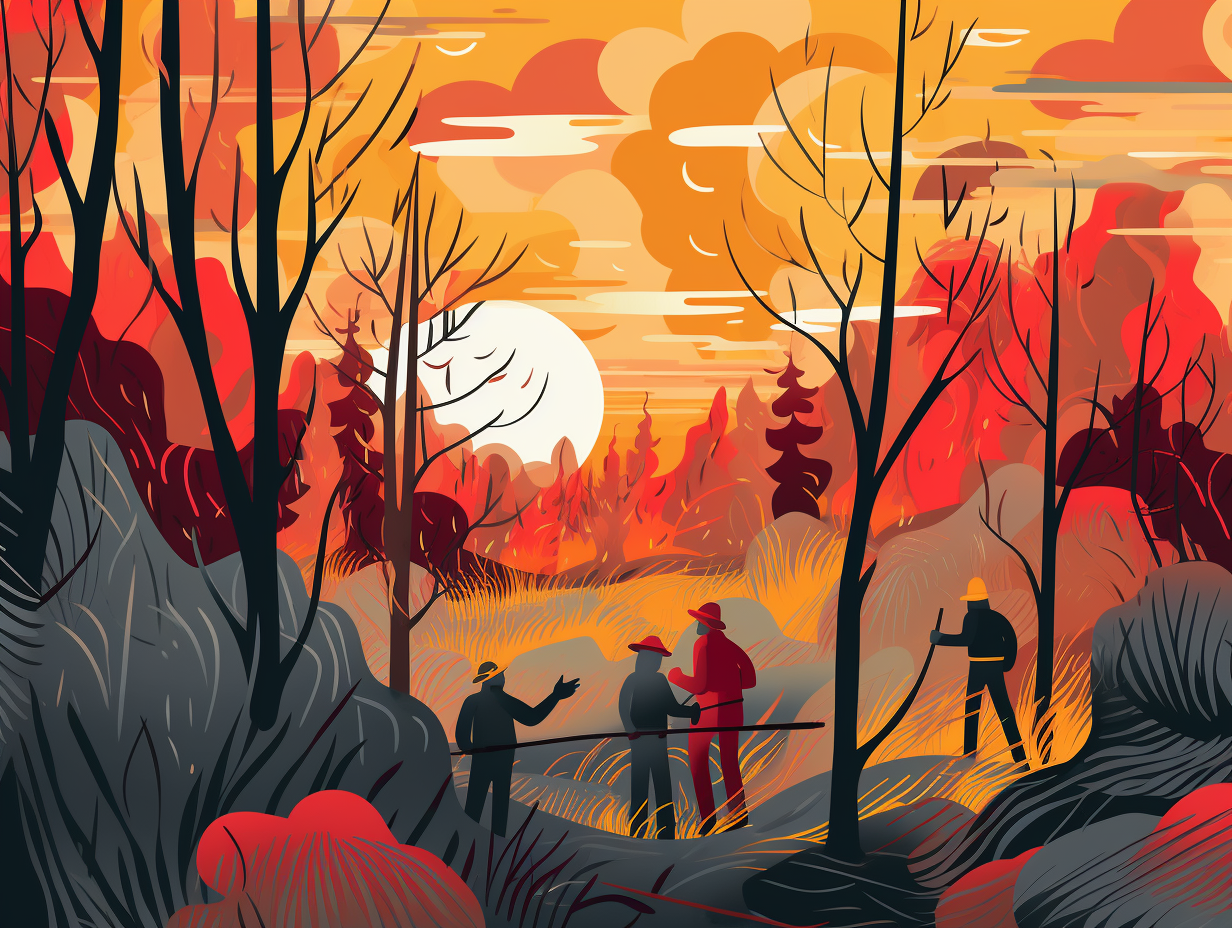
10. Humans: Nature's Fire-starting Rascals
Ah, humans - nature's tiny fire-starting rascals! Armed with matches, cigarettes, and a unique ability to forget extinguishing campfires, we put Prometheus to shame: Nearly 85% of wildfires in the United States are sparked by human activity, including blazes from unattended cookouts, burning debris, faulty gear, and even intentional arson. Sure, the occasional lightning bolt joins our wild inferno party, but it's mostly our own mischief that fuels those raging bush bonfires.
Source => nps.gov
11. Giant Sequoias: Firefighters of the Forest
Wildfires may have a burning desire to bring down the mighty giant sequoias, but these gargantuan trees are the ultimate firefighters of the forest: Their thick bark acts as a natural insulator against flames, allowing them to tower at over 300 feet tall. Yet, with intensified wildfires fueled by rising temperatures and fire suppression tactics, even these ancient fire-resistant behemoths face a perilous future.
Source => scientificamerican.com
12. Human Activities Fan Wildfire Tantrums
When Mother Nature throws a fiery tantrum, mankind often unknowingly fans the flames: Most wildfires worldwide are, in fact, ignited by human activities like agriculture and property development, all exacerbated by climate change, soaring temperatures, parched conditions, and merciless gusts of wind, leading to the bushfires witnessed in Australia lately.
Source => verisk.com
13. Fire Retardants: Big Hoses vs. Rampaging Wildfires
When wildfires go on a rampage, it's time to call in the big guns – or should we say, the big hoses: Fire retardants are substances used to slow down or stop the spread of fire or reduce its intensity, and can be applied from both air and ground to efficiently combat structure fires and wildfires, working in sync with water to enhance fire-fighting capabilities.
Source => en.wikipedia.org
Related Fun Facts


